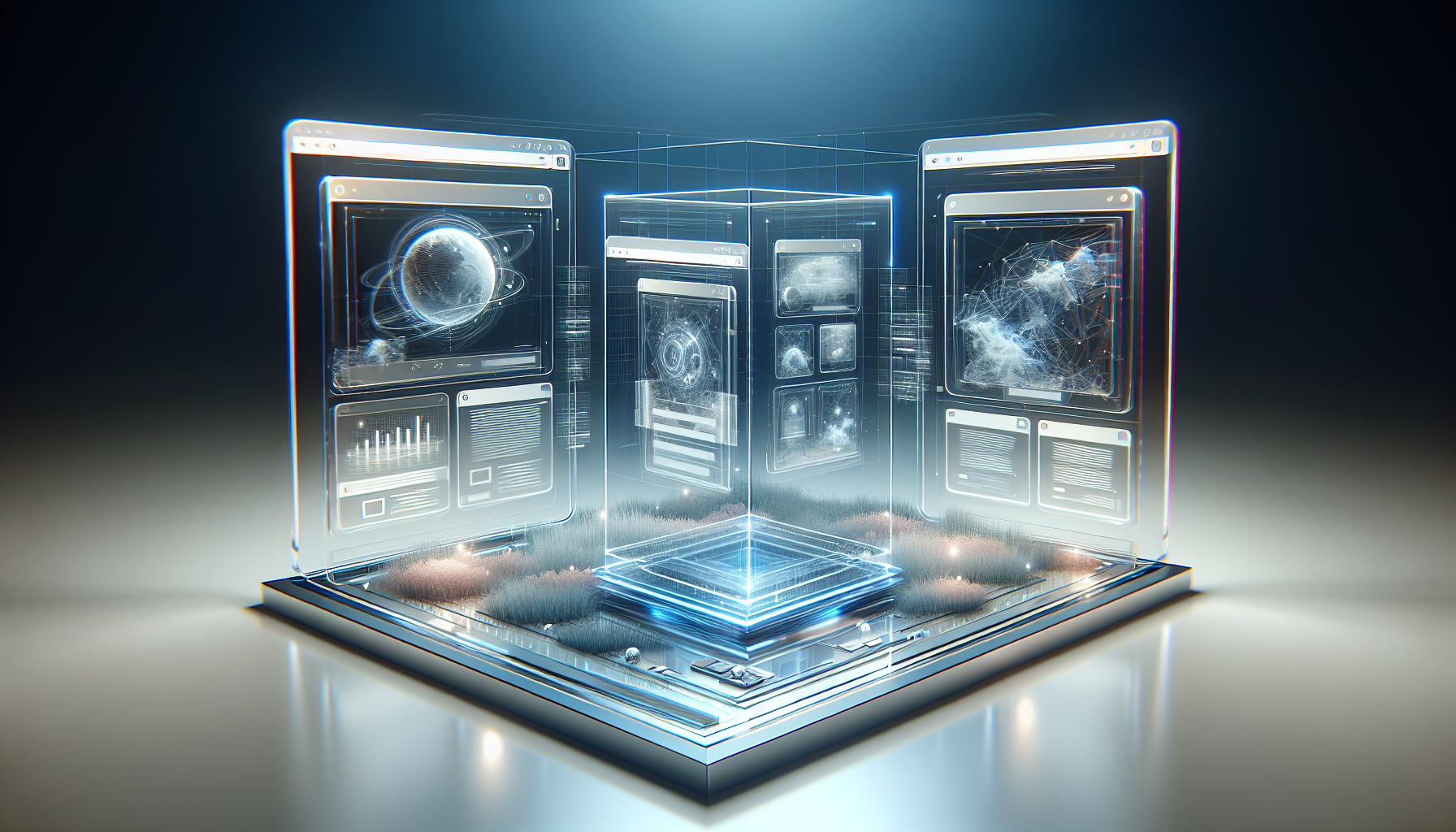Design Revolution: 5 Cutting-Edge Web Trends That Will Transform Your Digital Experience
Web Design Trends: Navigating the Digital Landscape of Innovation and Creativity
In the ever-evolving world of digital design, website development continues to push boundaries and redefine user experiences. As we dive into the latest trends transforming the digital landscape, it’s clear that modern website design is about more than just aesthetics – it’s about creating meaningful, engaging, and intuitive digital experiences.
The Rise of Minimalist and Purposeful Design
Today’s top designers are embracing a “less is more” approach to website design. Minimalist interfaces are taking center stage, focusing on clean layouts, white space, and purposeful interactions. This trend isn’t about stripping away functionality, but about creating more intentional and streamlined user experiences.
“Good design is actually a lot harder to notice than poor design. In other words, great design is invisible,” notes design expert Jared Spool. This philosophy perfectly captures the essence of modern website design – creating interfaces that feel natural and intuitive.
Immersive Visual Experiences

Modern websites are moving beyond static images and embracing more dynamic and interactive visual elements. 3D graphics, micro-animations, and parallax scrolling are becoming increasingly sophisticated, transforming passive browsing into engaging experiences.
Designers are leveraging advanced technologies to create websites that not only look stunning but also tell compelling stories. Interactive storytelling techniques allow brands to connect with users on a deeper, more emotional level.
Responsive and Adaptive Design
With mobile internet usage continuing to dominate, responsive design is no longer optional – it’s essential. Websites must now seamlessly adapt to various screen sizes and devices, ensuring a consistent and high-quality user experience across smartphones, tablets, and desktop computers.
The key is creating flexible layouts that automatically adjust content, images, and navigation to provide optimal viewing regardless of the device. This approach goes beyond simply scaling content and involves thoughtful redesign for different screen contexts.
Accessibility and Inclusive Design
A significant trend emerging in website design is a focus on accessibility and inclusivity. Designers are increasingly recognizing the importance of creating digital spaces that everyone can use, regardless of their abilities or technological constraints.
This means implementing features like:
– High-contrast color schemes
– Keyboard navigation support
– Screen reader compatibility
– Clear, readable typography
– Alternative text for images
By prioritizing accessibility, websites become more welcoming and functional for all users.
Dark Mode and Color Psychology
Dark mode has transitioned from a niche feature to a mainstream design option. Beyond its aesthetic appeal, dark mode offers practical benefits like reduced eye strain and lower device battery consumption.
Color selection is becoming more strategic, with designers using color psychology to evoke specific emotional responses and guide user interactions. Thoughtful color palettes can significantly impact user perception and engagement.
Performance and Speed Optimization
In an age of diminishing attention spans, website performance is crucial. Users expect lightning-fast loading times and smooth interactions. Modern website design prioritizes optimization through:
– Efficient code
– Compressed images
– Minimal external scripts
– Content Delivery Networks (CDNs)
– Advanced caching strategies
Every millisecond counts in creating a seamless user experience.
Artificial Intelligence and Personalization
AI is revolutionizing website design by enabling unprecedented levels of personalization. Machine learning algorithms can now analyze user behavior in real-time, dynamically adjusting content, recommendations, and interfaces to individual preferences.
Chatbots, predictive search, and personalized user journeys are becoming standard features that enhance engagement and provide more tailored experiences.
Emerging Technologies
Cutting-edge technologies like augmented reality (AR) and virtual reality (VR) are finding their way into website design. These immersive technologies offer novel ways of presenting information and creating memorable user interactions.
While not yet mainstream, they represent exciting possibilities for future website experiences.
The Human Touch
Despite technological advancements, successful website design remains fundamentally about human connection. The most effective websites balance technological innovation with genuine, empathetic user experiences.
Designers must continuously ask: “How can we use these tools to solve real problems and create meaningful connections?”
As we look to the future, website design will continue to evolve, driven by technological innovation, changing user expectations, and a commitment to creating more intuitive, accessible, and engaging digital experiences.
The most successful websites will be those that combine technical excellence with genuine human-centered design – transforming digital interactions from mere transactions to memorable, meaningful experiences.


